Driving To Discover Galicia
And
Nearby Provinces Of Spain And Portugal
COVID slowed us down for a couple of years, and now a few health issues challenge us. We're still traveling if not writing about it quite so much. Our goal in 2022 was get to all seven continents in one year... and we did it.
Going forward health issues may not allow us to travel. No one can take away those memories though. We hope all of you are well and staying safe... and that you find some inspiration here for YOUR future travels.
Galicia was only part of this adventure, but it was what drew us in the first place. We're hoping our story inspires you to explore.
Actually what piqued our interest was a contractor who did some work for us who also had a family home in Galicia… and he was so enthusiastic about Gramma’s house and homeland that we thought we just had to go.
And then we were close to Portugal too for a taste of Port on the Douro River and a stay in a Palace Hotel we had been dying to get back to for years and years.
Our research turned up interesting little places in Asturias and Galicia.
Not many blockbusters, but it still looked like a fun trip.
Writing friends during the trip, I said, “This is a trip of small wonders.... castles and Paradores of the northwest of Spain... and a bit of Portugal."
Just a leisurely drive finding little pleasures… and ancient wonders.
The star attraction in Galicia is probably Santiago de Compostela.
Driving around in Spain through the years, we have come across the various routes of the Way of St. James... El Camino de Santiago in Spanish.
Santiago de Compostela is where all the pilgrims and walkers meet.
But I’m getting ahead of myself.
Driving Northwest Of Madrid
|
On our arrival day at the Madrid Airport, we only planned for about 3 hours of driving… Jet lag starts to take over by afternoon. The Castillo de la Mota (1440) is perched on a hill above town. |
A Quirk Of History
We zipped by the little town of Tordesillas which caught our attention
because in 1494, there was a treaty dividing the lands of the new world
between Spain and Portugal... but a map-maker goofed up and Portugal
ended up with Brazil... just the kind of obscure fact that tickles our
fancy.
A Necessary... And Fun Stop
On to the little town of Benavente, which was about as far as jet lag would let us drive on the first day. The new wing of the Benavente Parador was attached to this 16th century Caracol Tower which we could see from our room.
Benavente is a cute little town on the Way of St. James. The Parador is a short stroll from the old town.
Now you have to remember that in Spain, they don’t even START to think about dinner until 8 PM. Since we were too tired to wait that long, we opted for tapas and beer in town.
More Castles in Castile and Leon
On the road again, we stopped in Astorga. There is a wonderful
cathedral here, but the reason we stopped was to see the Archbishop’s
Palace that was built by Antoni Gaudi.
When you think of
architecture by Gaudi, you probably think of Barcelona. We did.
But this palace screams Gaudi, don’t you think?
On the prowl for more castles, we drove to Ponferrada to explore the Knights Templar castle.
When you see this castle, the word majestic comes to mind.
It was built between the 12th and 14th centuries by the Knights Templar to protect pilgrims on the Way of St. James… and we saw plenty of “walkers” there.
Ponferrada is so named for the bridge reinforced with iron next to the castle.
Finally we began closing in on the wild northwest coast. We spent the night in a Parador in Corias that had been a Benedictine Monastery in the 11th century. No deprivation here though… great food and wine.
Asturias and Galicia
And then to find some of those ancient wonders. We went looking for ruins of an ancient Celtic site...
Castro de Coaña. Castro means something like Neolithic site… And Ancient as in from about 400 BC…
(The Romans were here too, but they were late comers... not here until the 1st century AD.)
Then we drove along the “Rias Altas” the wild north coast. (Rias are fjord-like bays. Galicia is famous for its coastline rias.)
Don’t think you’re going to find a cute little coastal hotel around every turn… it really is a wild coast… beautiful, but not too many inhabitants.
There are hotels in the scattered cities, but even those are miles apart.
Finally we decided just to drive on to A Coruña. It’s a big city, but we wanted to see the Tower of Hércules... the oldest continuously operating light house in the world. (Someone has to claim that.).
Felipe II’s doomed Armada sailed from here to England in 1588.... just what you all wanted to know, eh? That was the defeat of the Spanish Armada!
More Galicia Ruins and Rooms With A View
First... Really Ancient Ruins
Heading south now along the coast… on to explore the Costa de Morte (called that because of all the ships wrecked on the rocks)
We got sidetracked when we saw a sign for the Routa do Dolmens...
Always suckers for off-the-grid places like this...
We followed the signs, but had to stop and ask a local police officer how to find them...
...but it was worth it (for us anyway!).
And Some Great Rooms With A View
We were on our way, driving along the coast cut deep with more rias (Rias Baixas here). We were headed to Fisterra, another light house and Land’s End for the continent.
It’s also the "final-final" stop on the way of St. James. Can you see the scallop symbol on that marker? Some pilgrims choose to go beyond Santiago de Compostela to end up here.
There is a small hotel, but it is isolated.
We opted to drive back into the town of Fisterra, and we found this great little hotel with a view over the rias... Cute view, eh?
Little Pleasures Include Great Seafood
That wine by the way is an Albariño.. the local grape varietal in case you’re wondering. It goes really well with the terrific seafood in the area.
Lots of mussels and octopus and calamari but this being part of the Way of St. James, scallops were often featured on menus all over… the scallop shell is the symbol walkers look for to follow the various routes.
Santiago de Compostela
You saw the photo of the Cathedral de Santiago de Compostela at the top. It’s the destination for the pilgrims on El Camino de Santiago.
We have never walked the Way of St. James, but as I said before, we have often driven on parts of it in other areas of Spain… and marveled at all the pilgrims we saw.
Santiago de Compostela caters to pilgrims… and to tourists. This really is the biggest tourist attraction in Galicia. There are many hotels to choose from.
The Parador
We splurged and stayed in the historic Parador de Santiago de Compostela.
It’s also called the Hospital Real or the Hostal dos Reis Católicos.
It has been a refuge for pilgrims since the end of the 15th century, and it is considered to be the world's oldest hotel.
With all the historic markers inside, it's almost like staying in a museum.
Inside The Cathedral de Santiago
Inside the Cathedral pilgrims line up to get behind the altar and touch the statue of Santiago... then file under the altar to see the Tomb of St. James.
The Plaza - Praza do Obradoiro
The Praza do Obradoiro is the heart of the city. The Cathedral and the Parador form two sides of the plaza. The Pazo de Raxoi (the town hall) forms a third side. This plaza buzzes with activity all day and into the night.
Just a little aside… Praza do Obradoiro? You’re pretty close to Portugal here… I think there is some Portuguese mixed in with the Spanish dialect here in Galicia.
Rias Baixas
Grapes
The Rias Baixas are a series of estuaries or inlets between pine covered hills.
It’s also a denomination of origin for Spanish wines of the area like the Albariño we mentioned before.
You can see the grapes growing everywhere.
And History
We drove a couple of hours south to the little town of Baiona to stay in the Parador there.
We spotted the replica of the caraval Pinta, so we walked down from the fort to the little harbor.
In 1493, the Pinta made it back to Europe... to Baiona... just before Columbus’ ship got back to Lisbon... so the captain of the Pinta was the first to report that they had “discovered” the new world. (If you don’t count Lief Erickson.)
Those ships were LITTLE... Columbus and crew must have been certifiably nuts to sail away not knowing what was out there in a little thing like this!
And More Ancient History
We went to find another Celtic settlement.... there are many of them scattered around Spain and Portugal. (We were still in Galicia here, but right across the estuary from Portugal.)
A Guarda's Celtic settlement, on the slopes of Monte de Santa Tecla, dates from between 600 to 200 BC and contains the remains of about 100 round stone houses.
(Going back to Santiago for a moment because it fits here... there were bag pipers playing... not Scottish pipers.... Galician pipers.... there are bagpipes in more places around the world than you might think.)
A Dip Into Portugal
Being this close, how could we not cross into Portugal? Leaving Galicia we found the old international bridge between Spain and Portugal which was built by none other than M. Gustav Eiffel himself in 1884.
With our time constraints (and because we had been before) we passed on Porto. We stopped in Peso da Régua further up on the Douro River, and found a nice little hotel... then wine tasted our way out of the Douro Valley...
We made our way to the Bussaco Palace Hotel. This is a Portuguese Pousada.
We had seen this fairy-tale palace years and years ago… and we just had to go back and stay there.
It is over-the-top fanciful... Mark said it almost looked like a folly. I said it looked Manueline like the palaces back in Lisbon. The guidebook said it was completed in 1907 and it called it a neo-Manueline folly hunting lodge... guess we were both close.
The public rooms were just as fanciful inside... (yes, these and all photos on this page can be viewed larger.... just click)
Closing The Circle Drive From Madrid
We were out of Galicia and Portugal now… heading back to Madrid and home. We stayed in a couple more Paradores that were in castles in Ciudad Rodrigo and Avila.
And we stopped at the Museo del Aire at Cuatro Vientos Airport on the outskirts of Madrid to see their wonderful collection of antique airplanes. (It's worth the effort for all airplane buffs. We'll write about it soon on Antique-Airplanes.com)
We've done other drives from Madrid. All in all this was a fun two to three week drive from Madrid and back. Hope we've inspired you.
Happy travels... even if you don't travel the world... just remember that life is a journey... embrace and enjoy it! Judy and Mark
Curious about what else we've written about? Search our site for a destination or travel tip.
But... We'd love to have you share this page or comment on it…
Thanks, Judy and Mark
Timely Tips
Summer Vacation
Travel is fun in the Northern summer... but don't neglect the Southern Hemisphere at this time of year.
Yes, it's winter in South Africa, but that's their dry season. It's a good time to travel there.

Sometimes you need to watch rain patterns instead of just seasons to figure the best time to travel...
Whether you're taking a road trip close to home or traveling abroad...
Whether it's summer or winter in your part of the world...
the way you pack can make it all more pleasurable.
Check out all our Packing Lists and Tips.
Need travel ideas?
Things to See in Europe
Africa Calls!
Travel In America
Don't just dream about it...
Start making plans!
Custom Tour Planning List
International Travel Planning Tips
Foreign Is Fun - Not Scary!
Get Your Passports and Visas
And Expect Good Things
There Are Tourist Angels
Search
Search MouseToursTravels
Travel questions or destination info?
Find our answers faster...
Translate
We want you to feel comfortable out in the world and on our pages - so surf away in your own language...
Updated Tips & New Travel Stories
-
2022 Travels To All Seven Continents
After COVID, all seven continents in one year was a worthy goal for our 2022 travels.. -
2021 Travels - Another COVID Year?
Our 2021 travels were only domestic. COVID kept us close home. Road trips and a cautious flights but still fun. -
2020 Travels - What Travels?
Our 2020 travels were slim. COVID kept us home too. One trip to the Three Guyanas, but dreaming of travel next year.
More On
Portugal and Spain
Navigate Our Site
Related Pages
on
Foreign Rental Car Tips
Ideas
Road Trip Ideas
Packing for roadtrips
General Information
Worldwide Roadtrips
Foreign Rental Cars
Driving In Foreign Places
Driving On the Left
Toll Roads
What Is A Highway
US Highways
Highways or Backroads
Reading Roadmaps
Know The Rules
International Roadsigns
Traffic Laws Abroad
Autobahn Etiquette
Parking In Cities
RV Stuff
RV Road Trip
Rent An RV
Traveling With An RV
RV Travel In Europe
Sharing An RV
And Just For Fun
Amusing Confusing Roadsigns
Funny Polish Detour Sign
Border Crossings
Document Rental Car Damage
Two Ways To Like Us!
Like Our Site Top Left
Like Our Fanpage Below
Thank You!





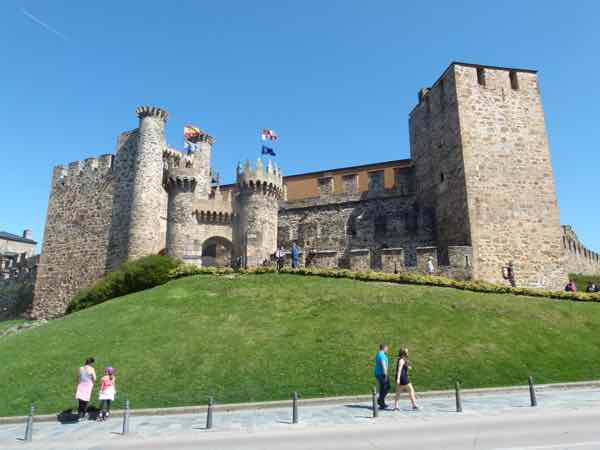

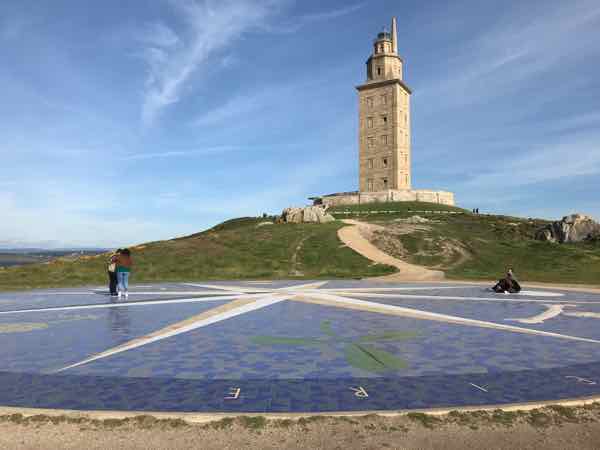
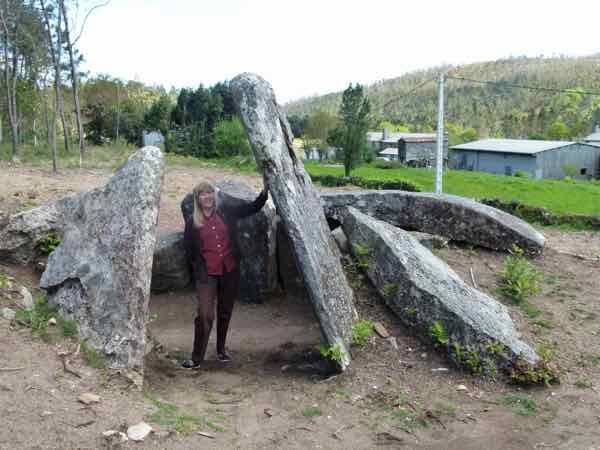






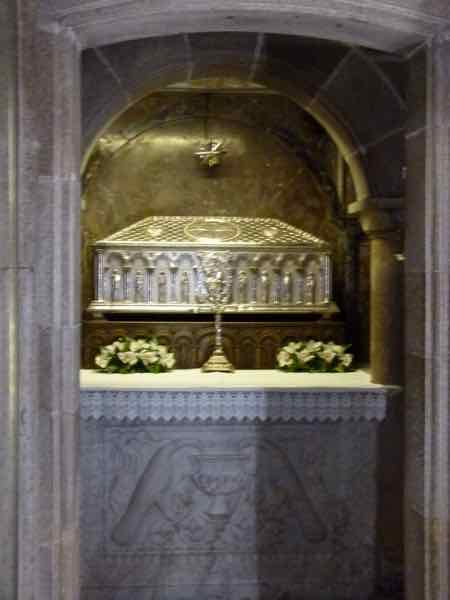
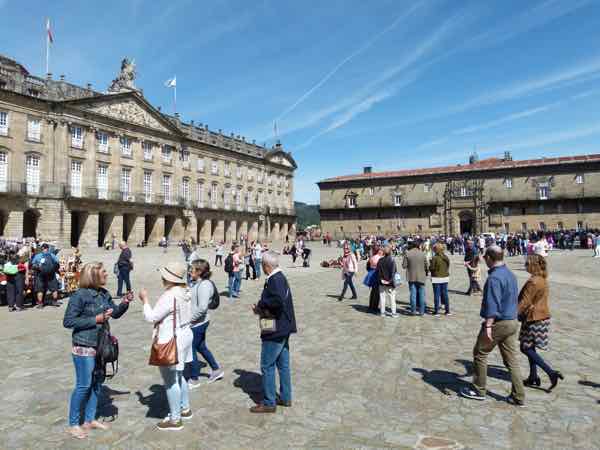



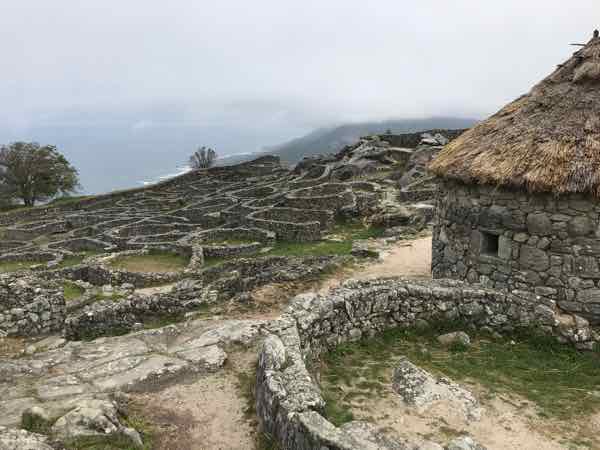



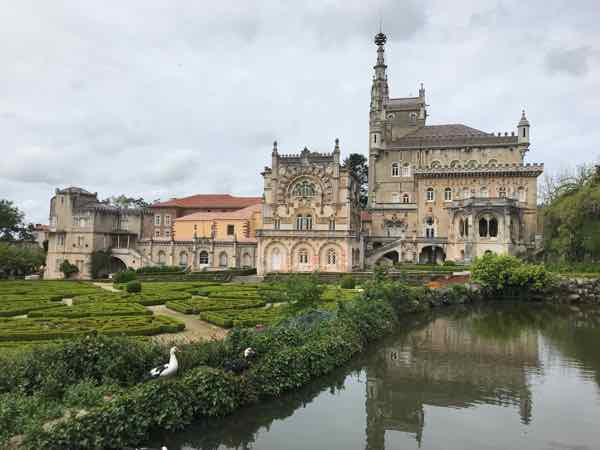








New! Comments
Have your say about what you just read! Did it help with your travel planning and preparation? Eager to leave on that next vacation? Please leave your tips or comments in the box below.